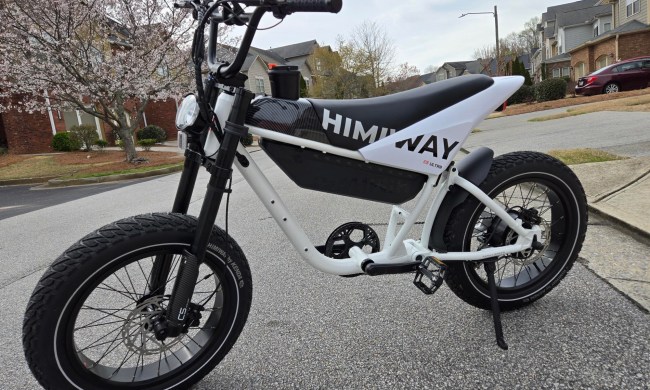BikeSphere began as a simple concept that was developed as part of Michelin’s #TrendyDrivers initiative, which is aimed at helping younger drivers to become safer and more aware while behind the wheel. The designers of BikeSphere began with a simple premise — how could they make cyclists safer while riding in low-light conditions. They came up with the idea of creating a lighting system that uses both traditional bike lights and high-tech components that provide functionality that has not been seen before.

In addition to having both a standard headlight and taillight, the BikeSphere system is armed with several sensors that give it a set of “smart” features too. For instance, the device includes a light sensor that will automatically turn the system on as the environment around the rider gets darker. When activated, a bright red circle surrounds the bike, increasing visibility dramatically.
The BikeSphere is also equipped with a proximity sensor that can detect an approaching vehicle. If a car gets too close, the system will activate a spotlight created by two lasers that revolve rapidly around the bike, simultaneously alerting the rider that a vehicle is getting closer, while adding an additional visual cue for drivers that is three times brighter than the standard settings.
The prototype for BikeSphere is reportedly up and running, and the designers plan to release their schematics and parts list soon, including instructions on how to 3D print some of the components. The idea is to make the smart light system open source so that others can build their own version and provide tips on how to improve on the initial design.


